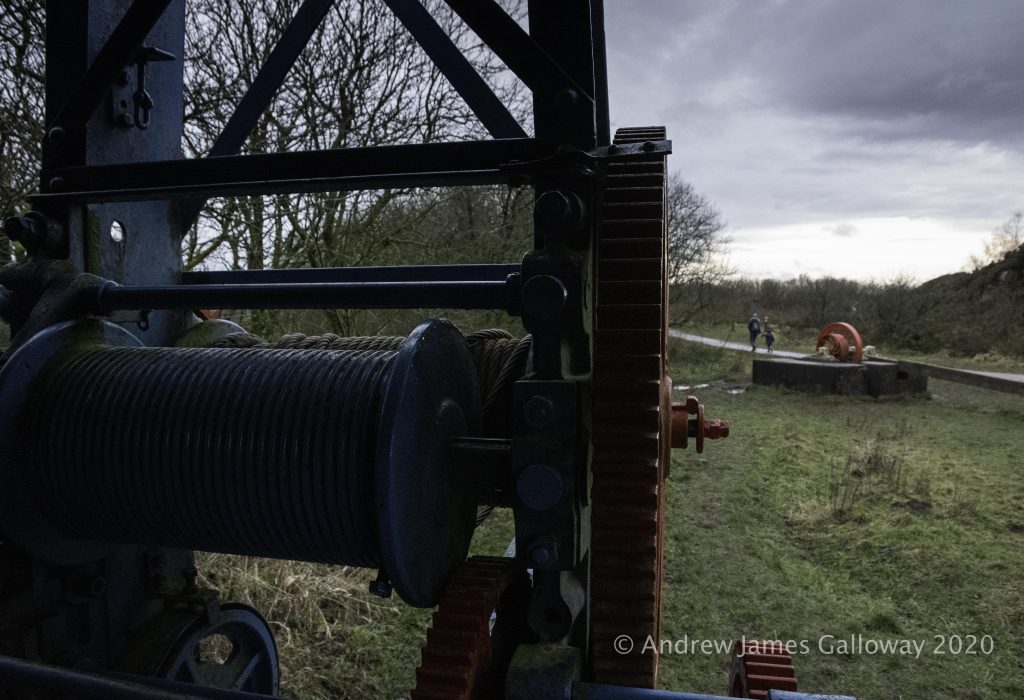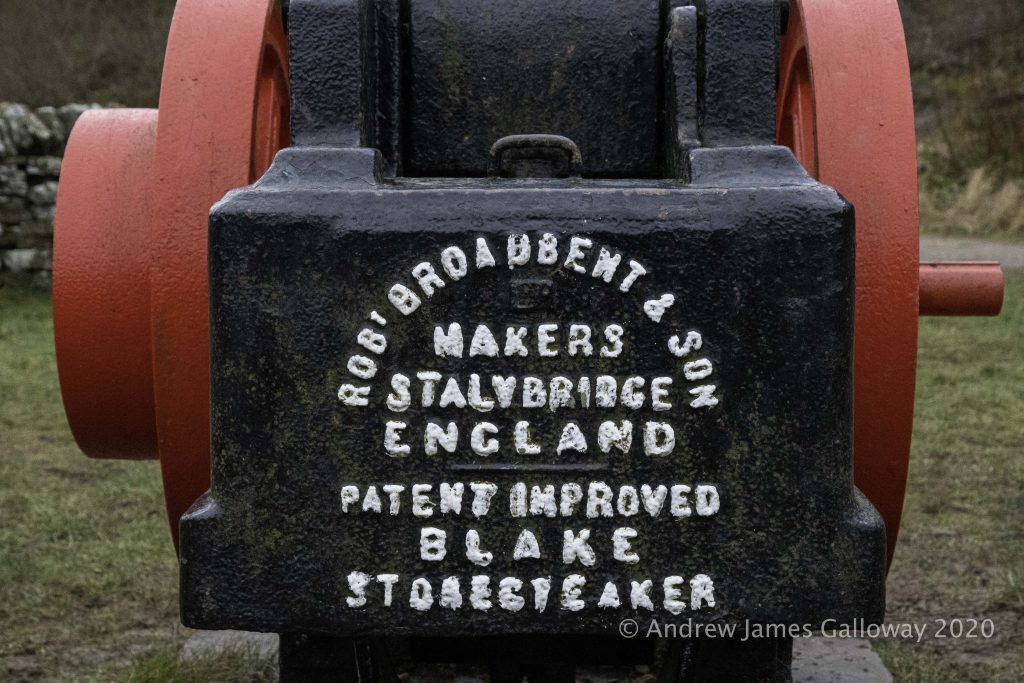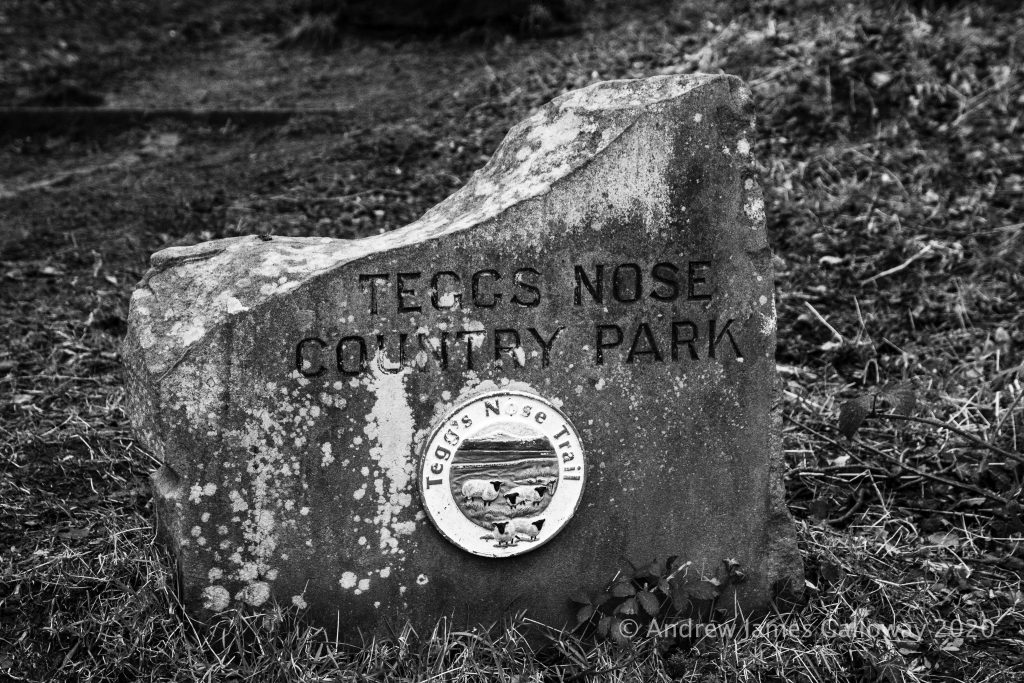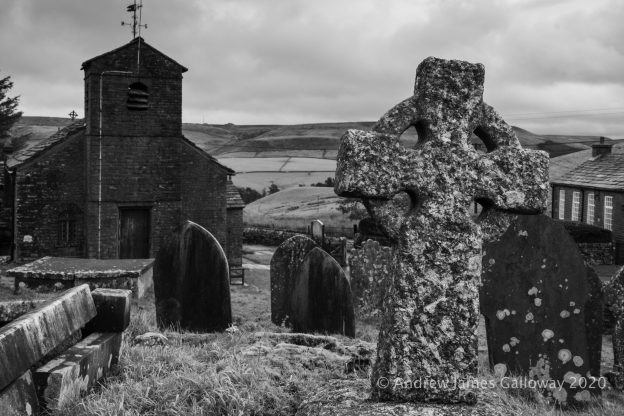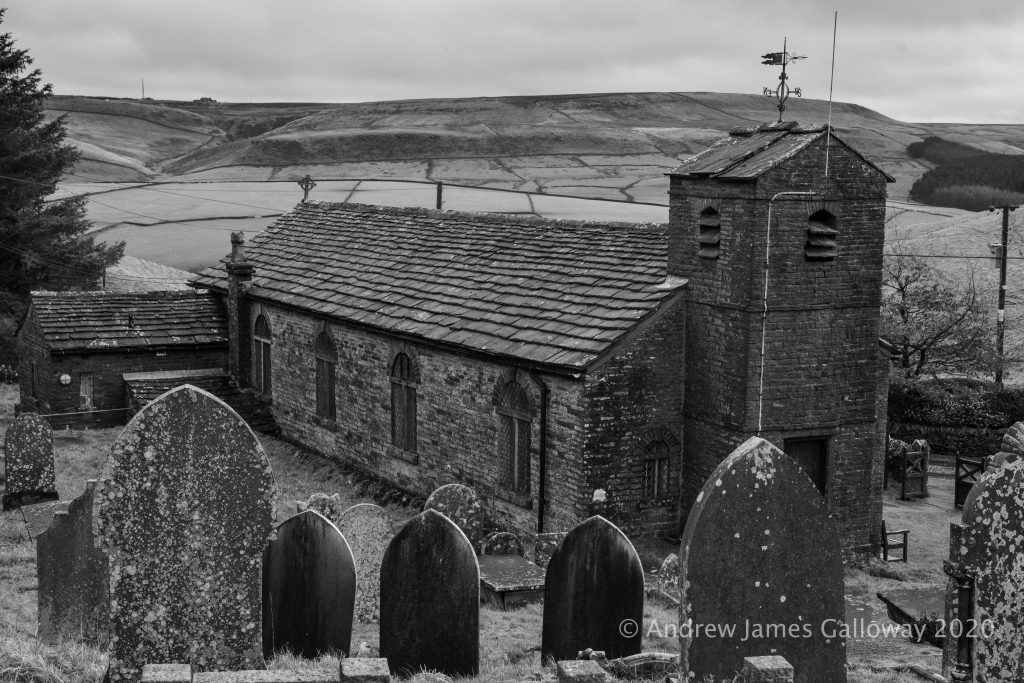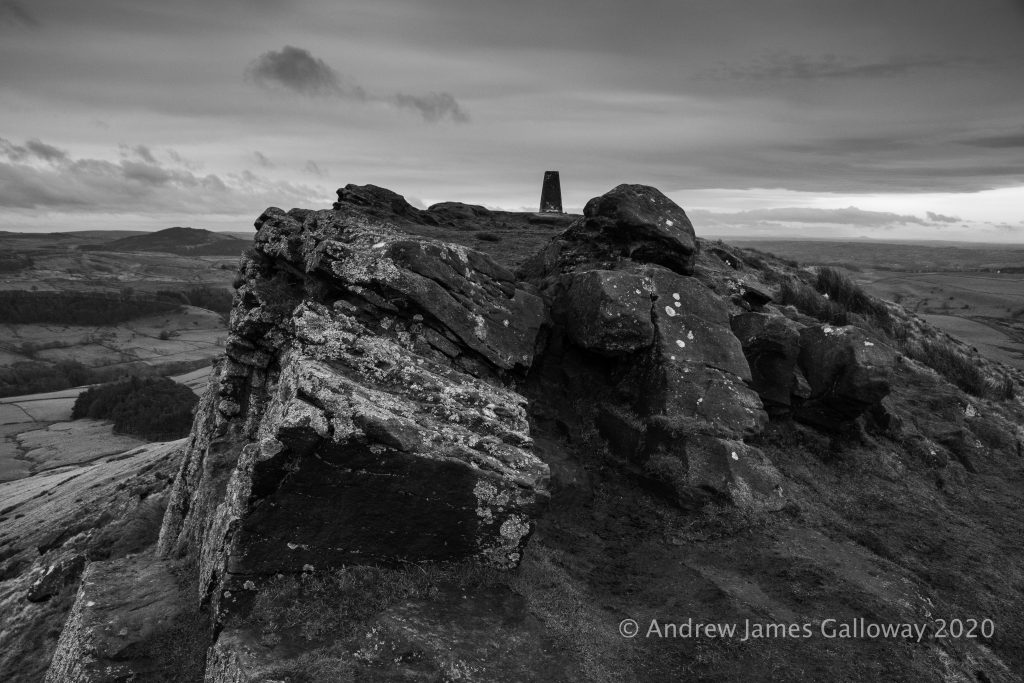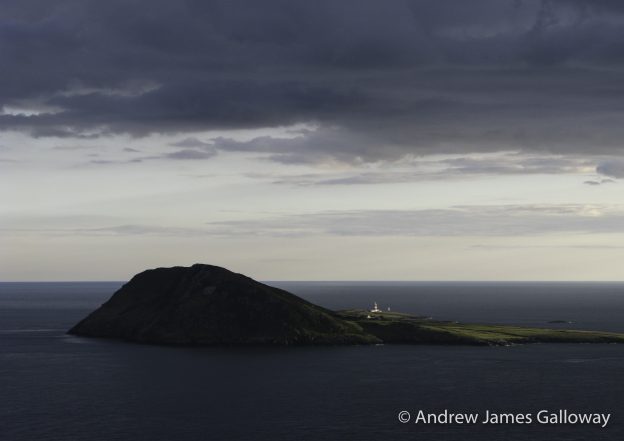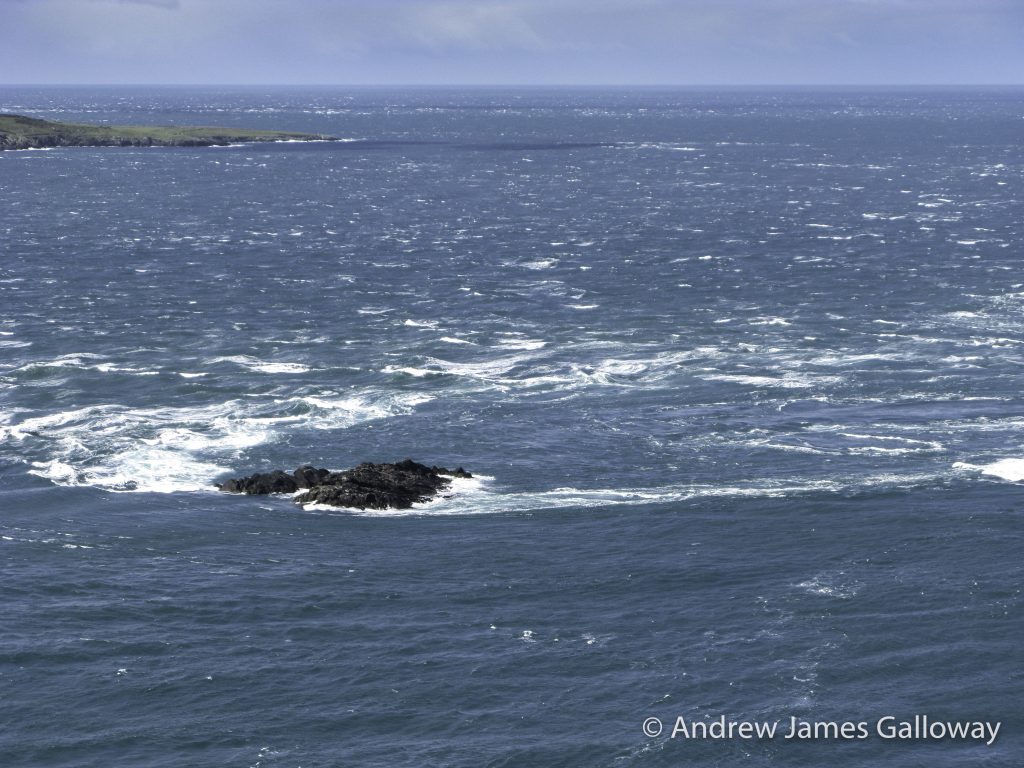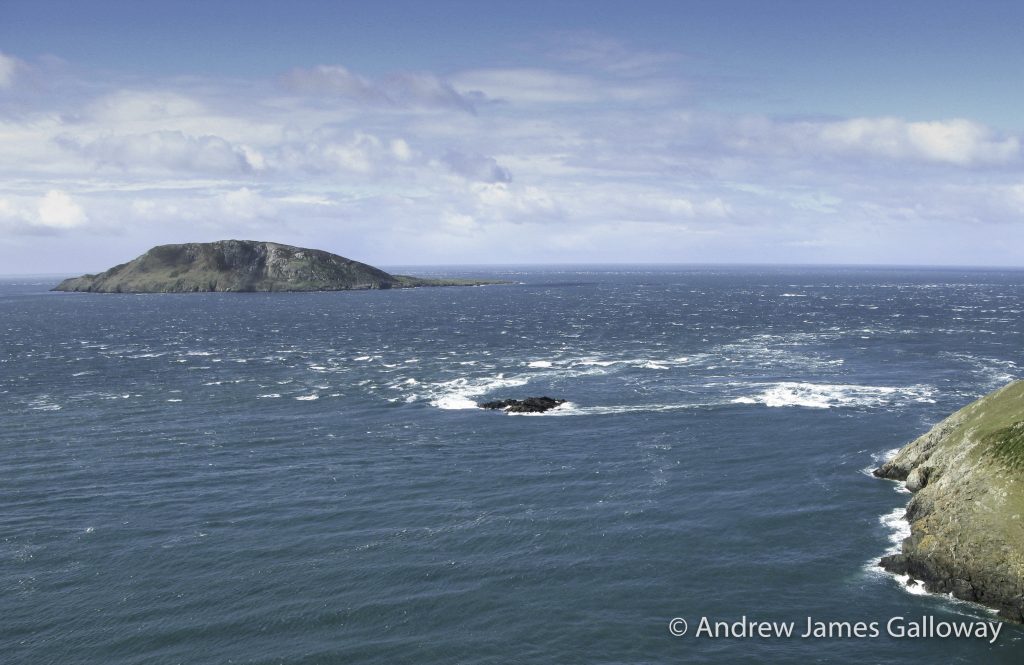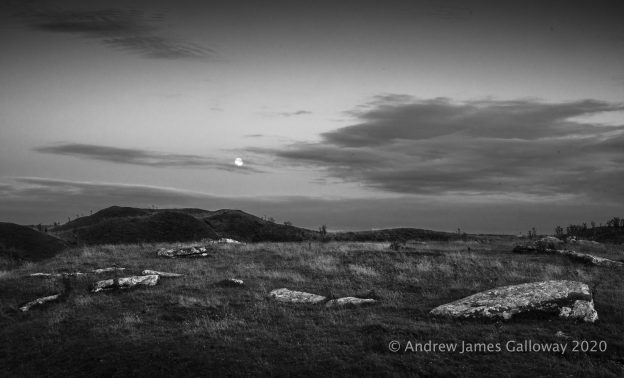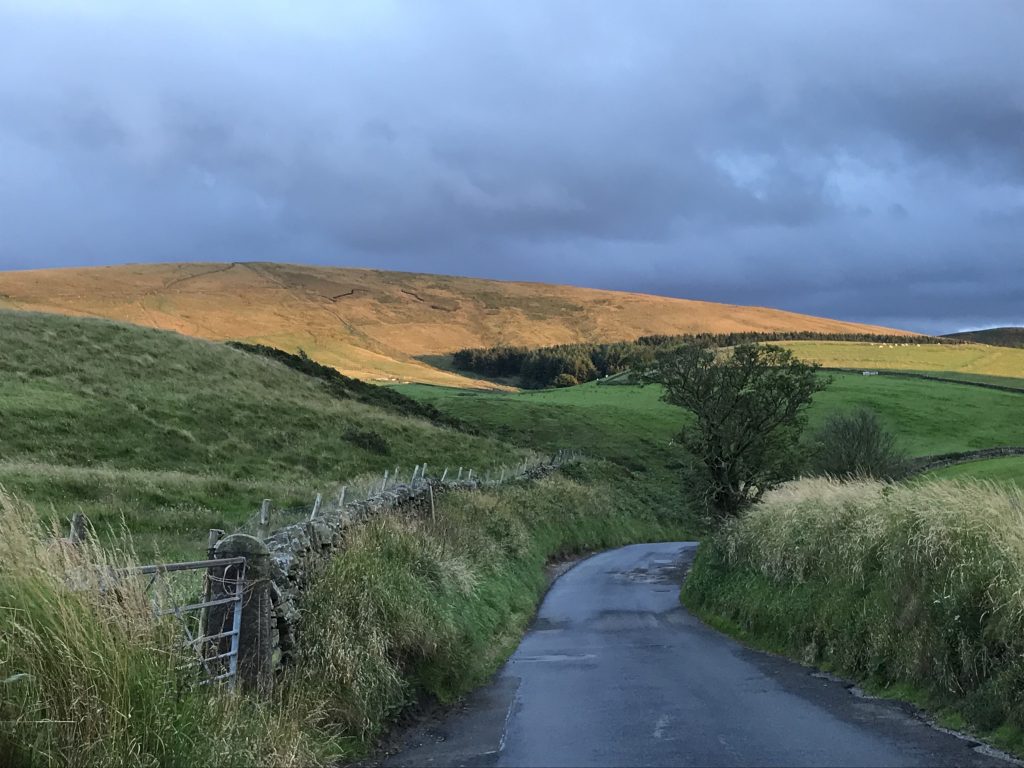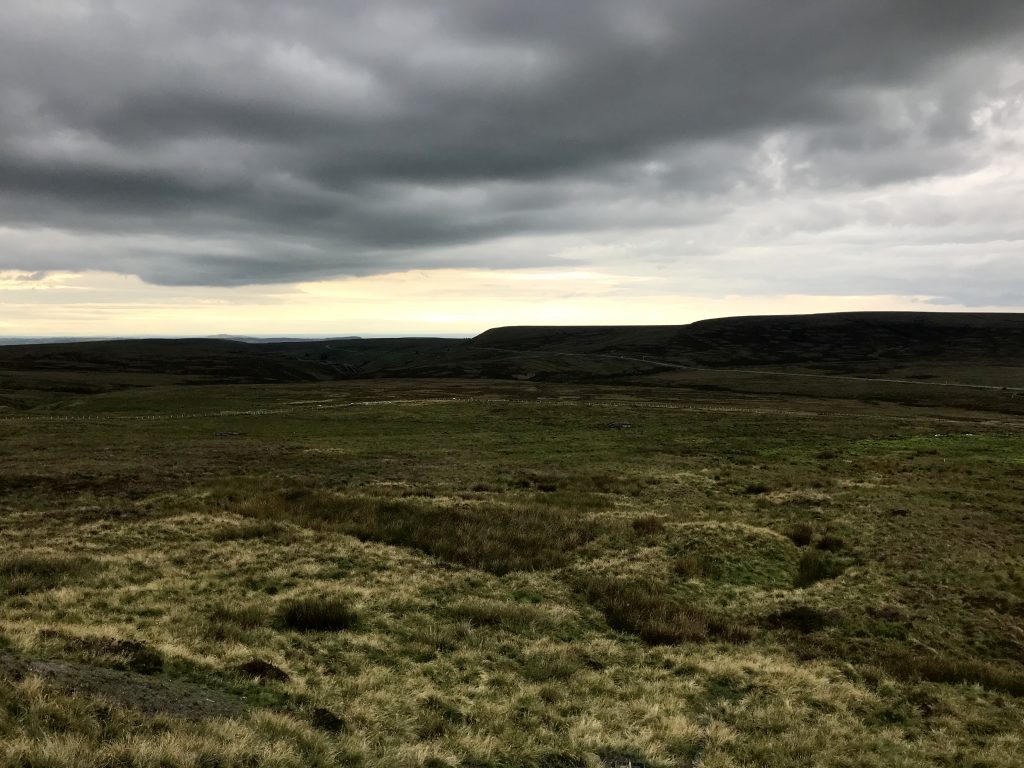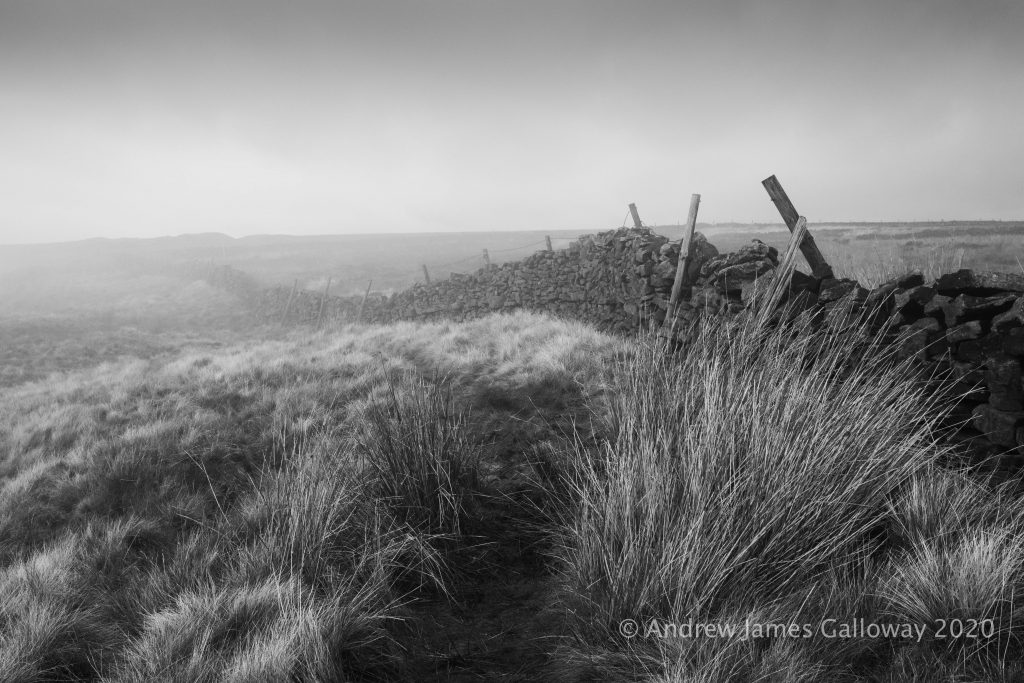It has become something of a Boxing Day tradition to walk from Tegg’s Nose Country Park, through Macclesfield Forest, to visit St Stephen’s Church, also known as the Forest Chapel. Walking through the forest on the day after Christmas Day the traditions of centuries hang heavy in the air as the tamarisk mosses hang from the naked limbs of the trees.
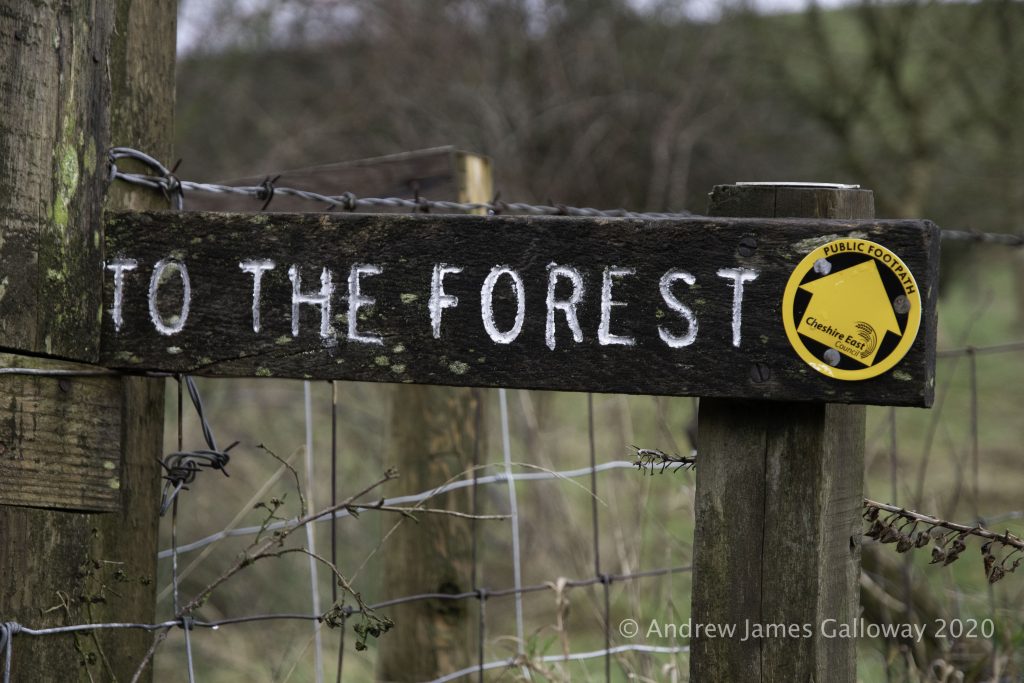
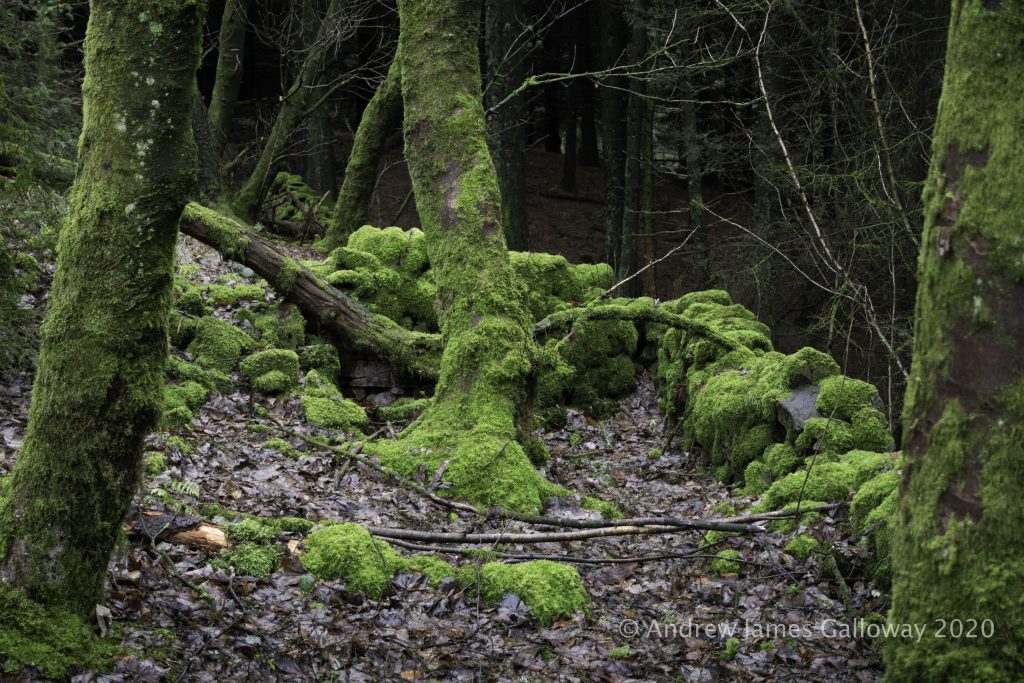
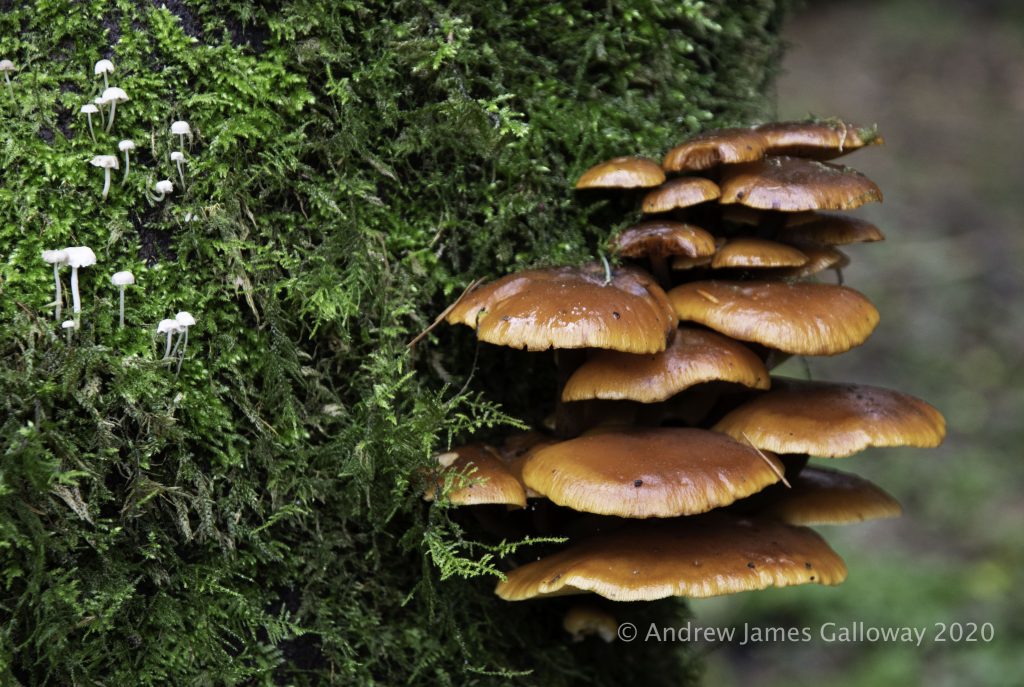
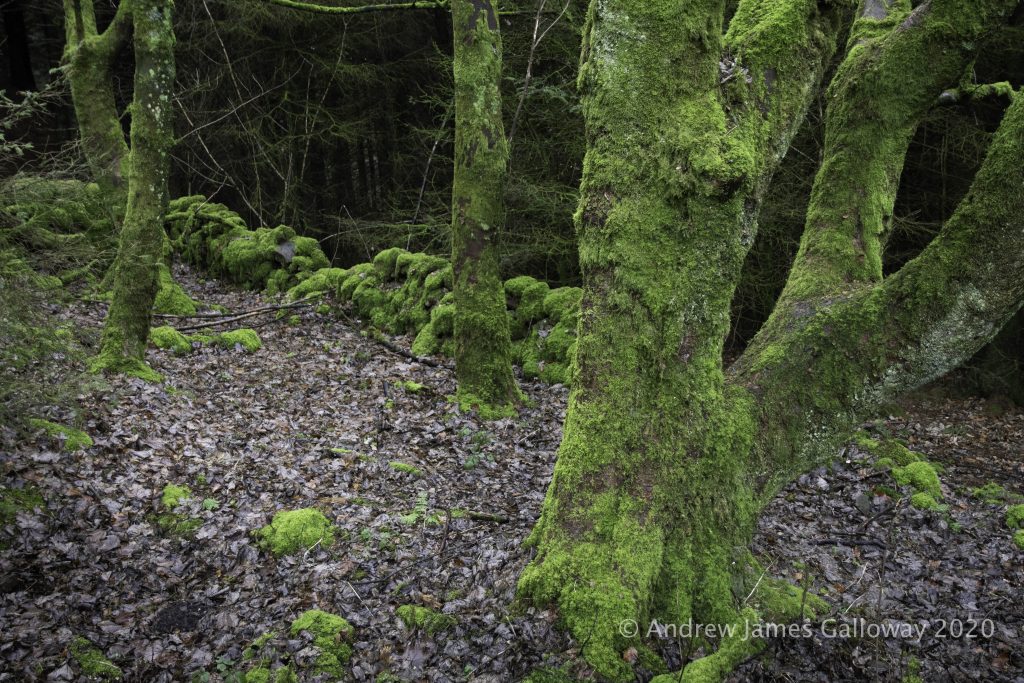
In a quiet corner of the forest, close by the Iron Age earthworks of Toot Hill, crystal clear Peak District water emerges from a spring in the forest floor. Each year at this location someone dresses a small spruce tree with Christmas decorations. A notebook protected in a small plastic container nearby contains comments of passers by and there is a little tin for donations. To whom the donations might go we can only presume as this information is not provided by the mysterious decorator of the tree. I like to think this has some connection with St Stephen’s but the genius loci of the place has more of the votive pagan tradition about it than anything related to the Christian church. I make my offering and descend Charity Lane, leaving the shadows of the forest behind me.
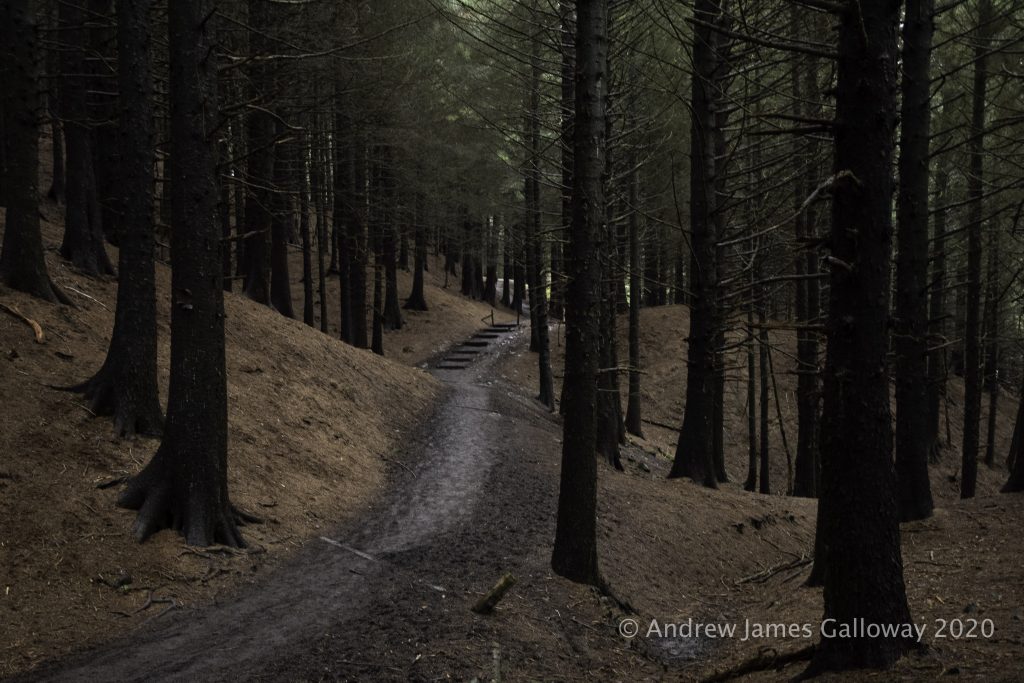
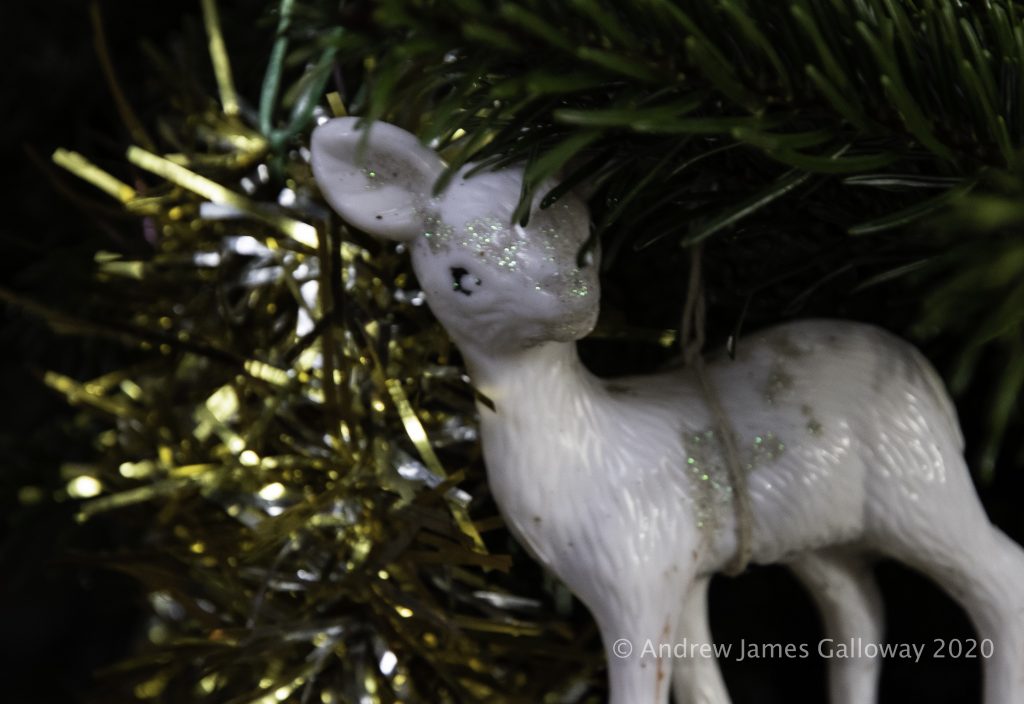
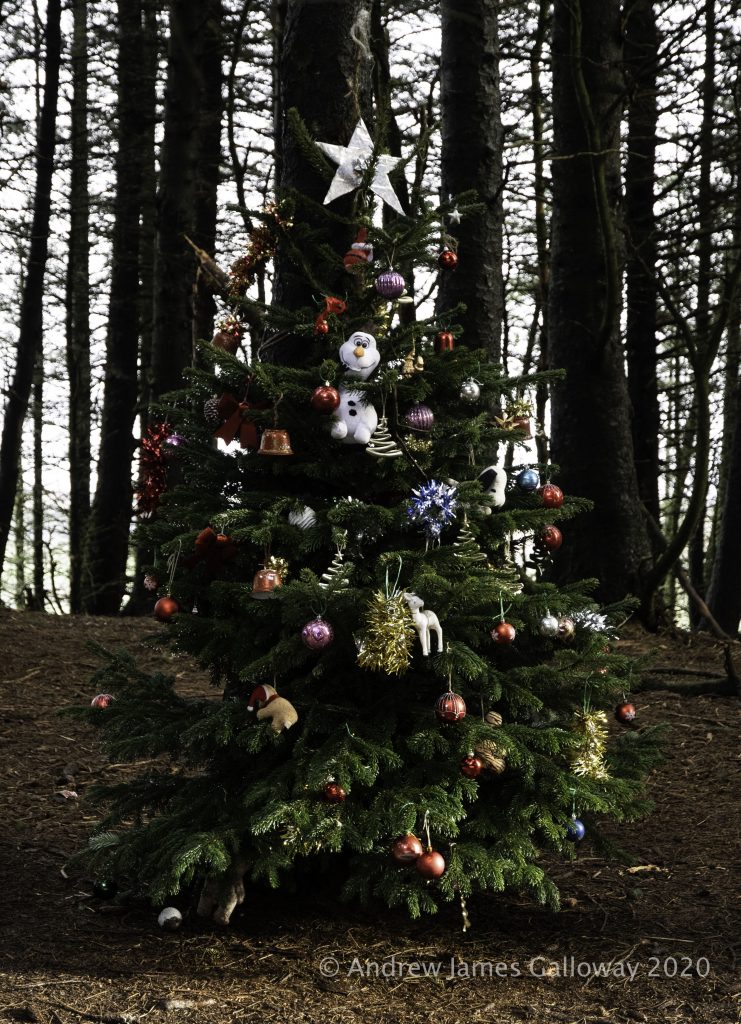
The Forest Chapel stands in a isolated depression among the northern hills of Macclesfield Forest, a stone’s throw from the curiously named Bottom-of-the-Oven.
As the dates above the gabled entrance indicate the chapel was almost entirely re-built in 1834 following a fire, but stands on the site of a former chapel of ease constructed in 1673, the stone bearing this inscription having been preserved from the original building. In about 1720 Francis Gastrell, Bishop of Chester noted that the church had not been consecrated and so was dedicated in the name of the martyr Saint Stephen.
To step inside the Forest Chapel is to step backwards in time to the austere non-conformist existence of the families who eked out a harsh living from the bleak Pennine moorlands for some five hundred years since the Royal Forest of Macclesfield became common land in the 15th Century. The interior is unostentatious, the basic structure being a single rectangular room, the nave and chancel having no discernible division, covered by a simple oak-beamed vaulted ceiling. A simple stone altar set against the east wall is overlooked by a Victorian stained-glass window.
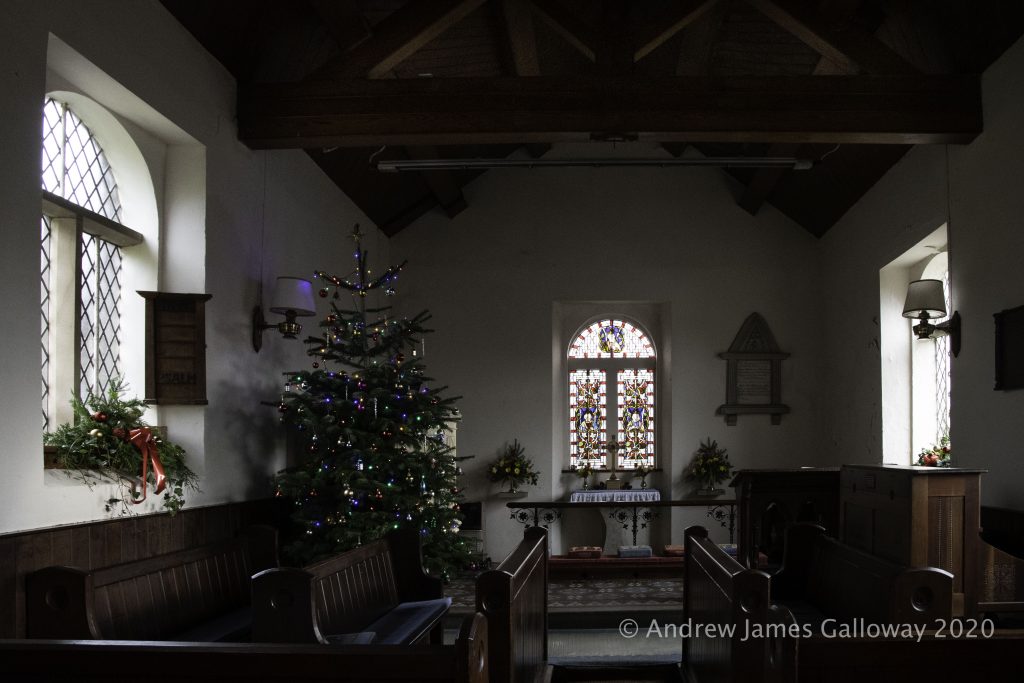
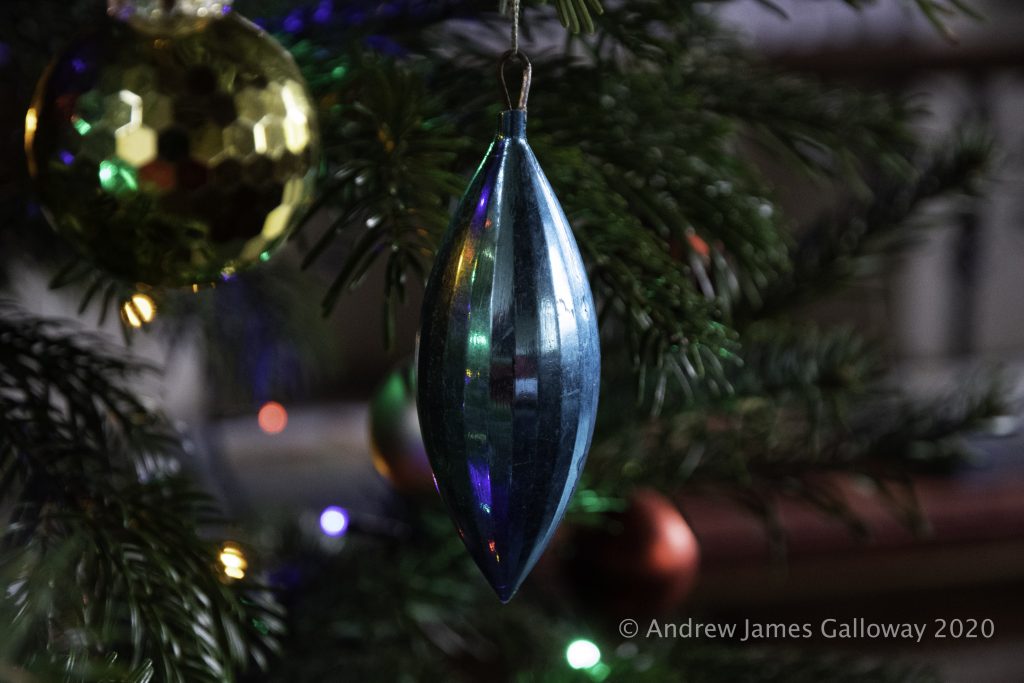
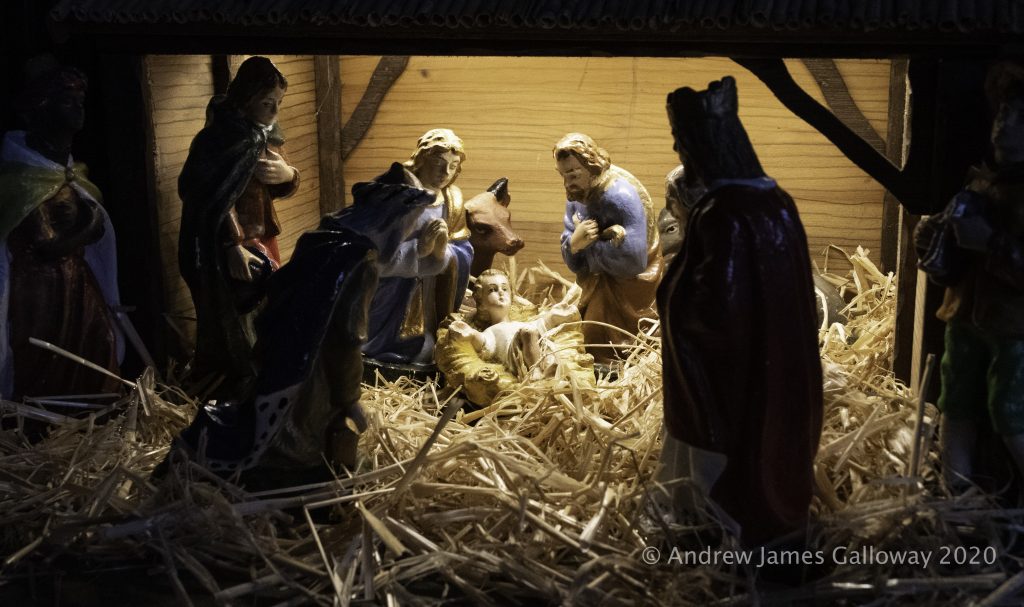
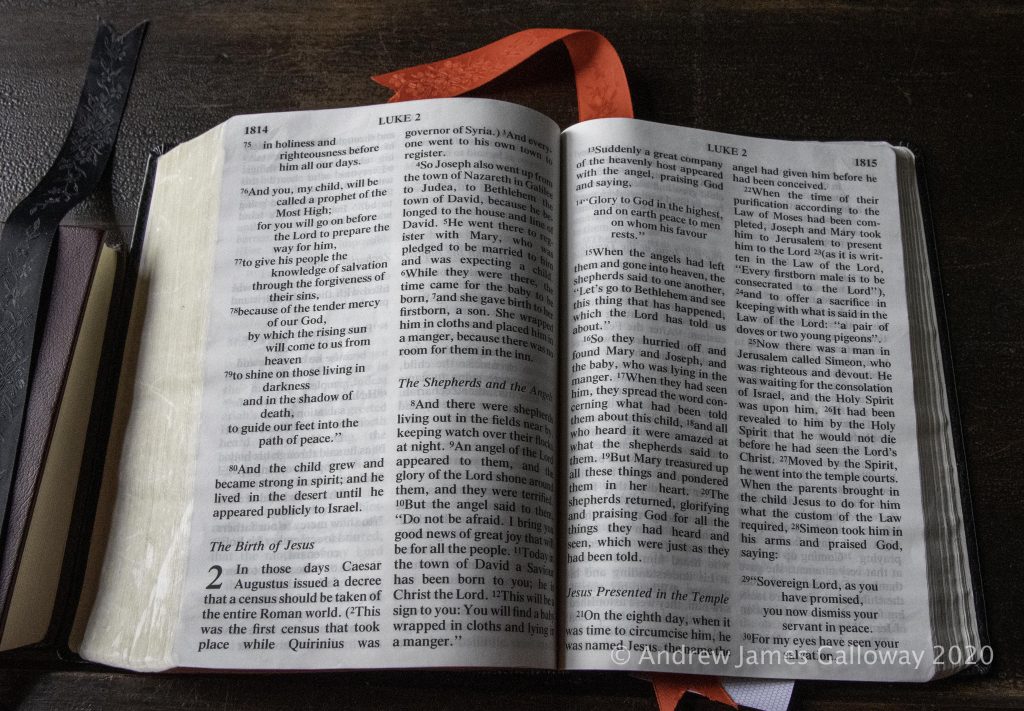
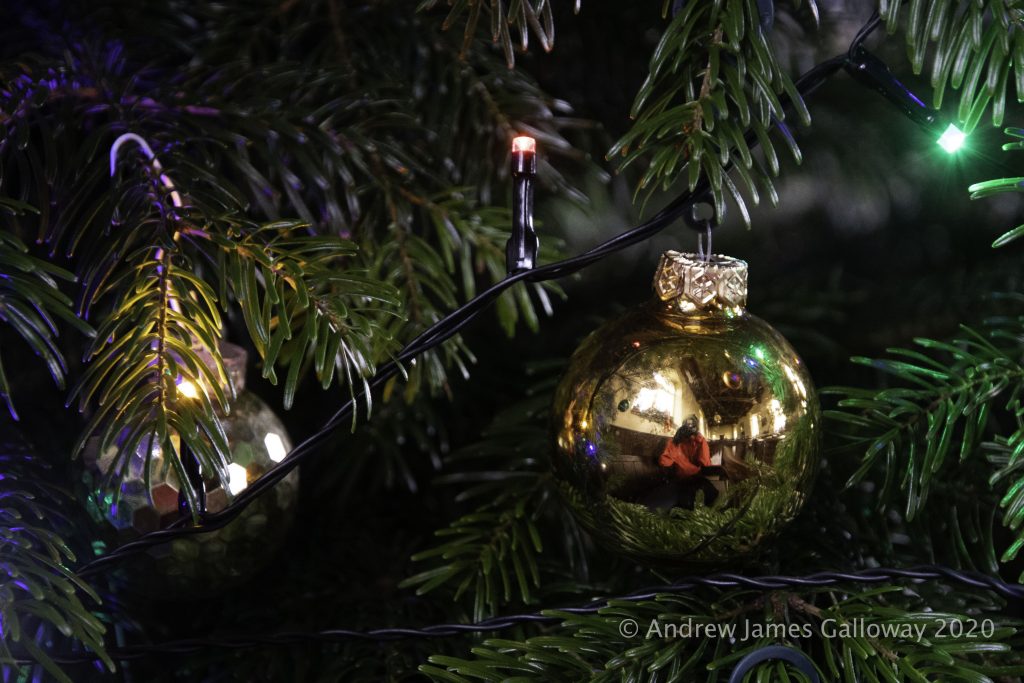
I sit for some time in the peaceful solitude of the chapel. Here too is erected a Christmas tree. In addition to the customary baubles and fairy lights the hand written prayers of visitors hang from the boughs of the tree. I pack away my flask of coffee in my rucksack and head out once again into the forest.
From Standing Stone car park I climb Buxtor’s Hill. A cold damp wind sweeps across Piggford Moor making the ascent of Shutlingsloe arduous. On the crest of the hill I tuck myself into the relative shelter of a fissure in the Chatsworth Gritstone and eat Stollen, thick with marzipan, which I wash down with coffee.
Shutlingsloe is an anchor in my landscape. The little whitewashed summit monument, once of importance to the Ordnance Survey in the measurement and mapping of this anomalistic archipelago of islands we call home, is without doubt the triangulation pillar upon which I have placed my hands more than any other. Here I place my hands once again, now to steady myself against the buffeting wind.
To find shelter I descend once again into the forest, pausing at Nessit Hill to admire the panorama over Trentabank and Ridgegate Reservoirs. By Bottoms Reservoir I pick up the Gritstone Trail and make the arduous ascent to the summit of Tegg’s Nose Quarry. An information board here informs me that the rocks of the quarry date from the Carboniferous geologic period and were laid down in a mighty river delta some three hundred and fifty million years ago. In comparison to this age the quarry men who split these rocks open a hundred years ago seem my contemporaries.

